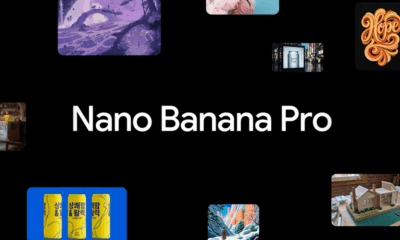SEO
How SEO Can Capture Demand You Create Elsewhere
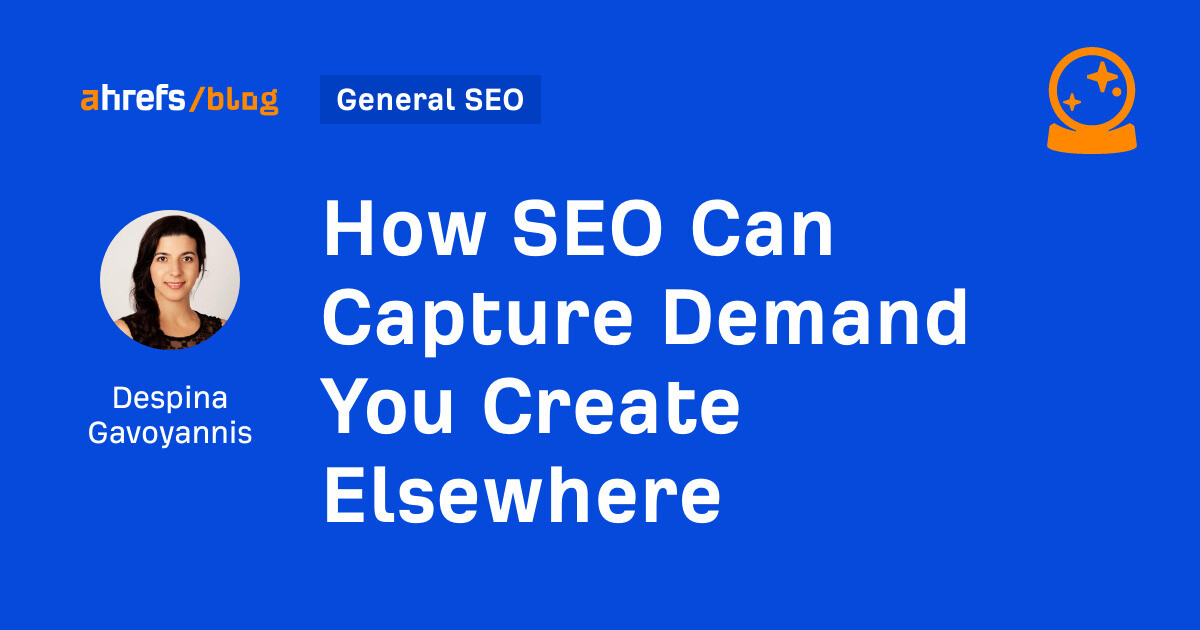
Generating demand is about making people want stuff they had no desire to buy before encountering your marketing.
Sometimes, it’s a short-term play, like an ecommerce store creating buzz before launching a new product. Other times, like with B2B marketing, it’s a long-term play to engage out-of-market audiences.
In either situation, demand generation can quickly become an expensive marketing activity.
Here are some ways SEO can help you capture and retain the demand you’re generating so your marketing budget goes further.
There’s no right or wrong way to generate demand. Any marketing activity that generates a desire to buy something (where there wasn’t such a desire before) can be considered demand generation.
Common examples include using:
- Paid ads
- Word of mouth
- Social media
- Video marketing
- Email newsletters
- Content marketing
- Community marketing
For example, Pryshan is a small local brand in Australia that has created a new type of exfoliating stone from clay. They’ve been selling it offline since 2018, if not earlier.
It’s not a groundbreaking innovation, but it’s also not been done before.
To launch their product online, they started running a bunch of Facebook ads:
Because of their ads, this company is in the early stages of generating demand for its product. Sure, it’s not the type of marketing that will go viral, but it’s still a great example of demand gen.
Looking at search volume data, there are 40 searches per month for the keyword “clay stone exfoliator” in Australia and a handful of other related searches:
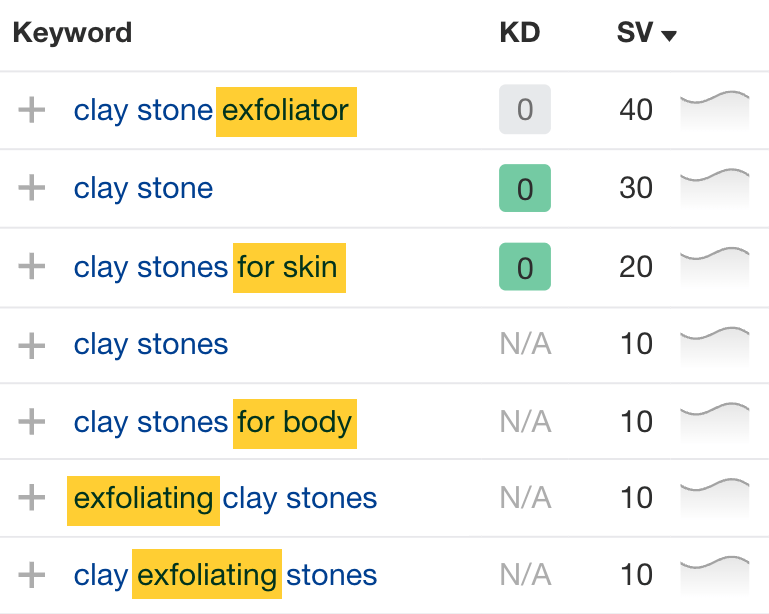

However, these same keywords get hardly any searches in the US:
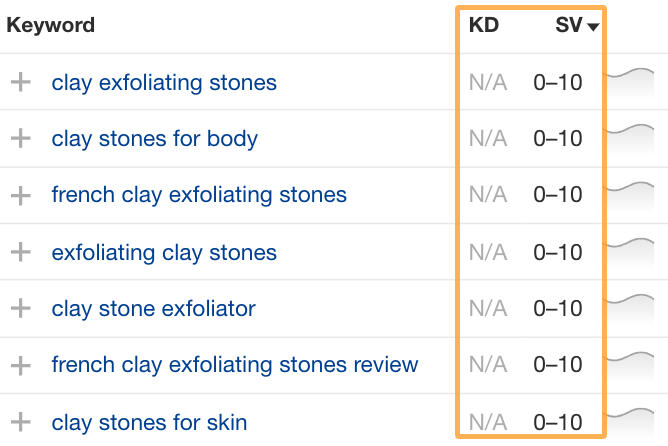

This never happens.
Australia has a much smaller population than the US. For non-localized searches, Australian search volume is usually about 6-10% of US search volume for the same keywords.
Take a look at the most popular searches as an example:
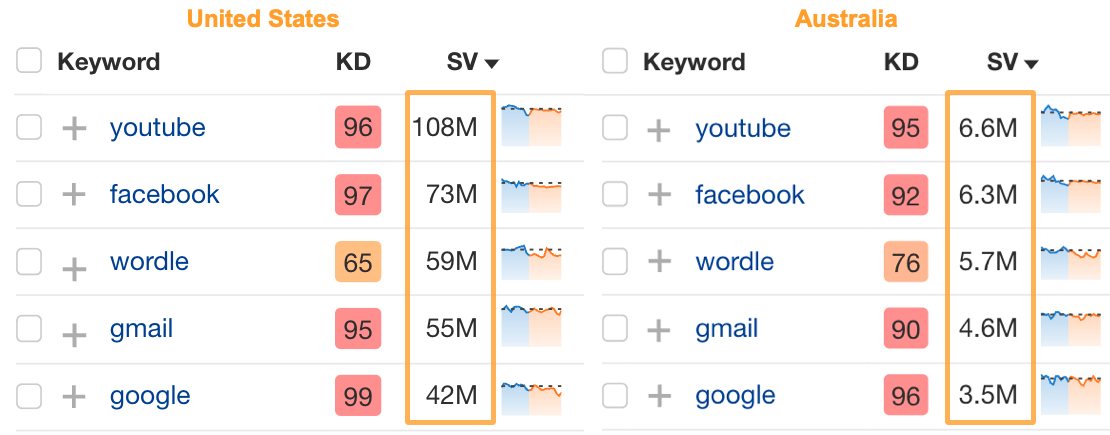

Pryshan’s advertising efforts on other platforms directly create the search demand for exfoliating clay stones.
It doesn’t matter where or how you educate people about the product you sell. What matters is shifting their perceptions from cognitive awareness to emotional desire.
Emotions trigger actions, and usually, the first action people take once they become aware of a cool new thing is to Google it.
If you’re not including SEO as part of your marketing efforts, here are three things you can do to:
- minimize budget wastage
- capture interest when people search
- convert the audiences you’re already reaching
If you’re working hard to create demand for your product, make sure it’s easy for people to discover it when they search Google.
- Give it a simple name that’s easy to remember
- Label it according to how people naturally search
- Avoid any terms that create ambiguities with an existing thing
For example, the concept of a clay exfoliating stone is easy for people to remember.
Even if they don’t remember what Pryshan calls their product, they’ll remember the videos and images they saw of the product being used to exfoliate people’s skin. They’ll remember it’s made from clay instead of a more common material like pumice.
It makes sense for Pryshan to call its product something similar to what people will be inclined to search for.
In this example, however, the context of exfoliation is important.
If Pryshan chooses to call its product “clay stones,” it will have a harder time disambiguating itself from gardening products in search results. It’s already the odd one out in SERPs for such keywords:
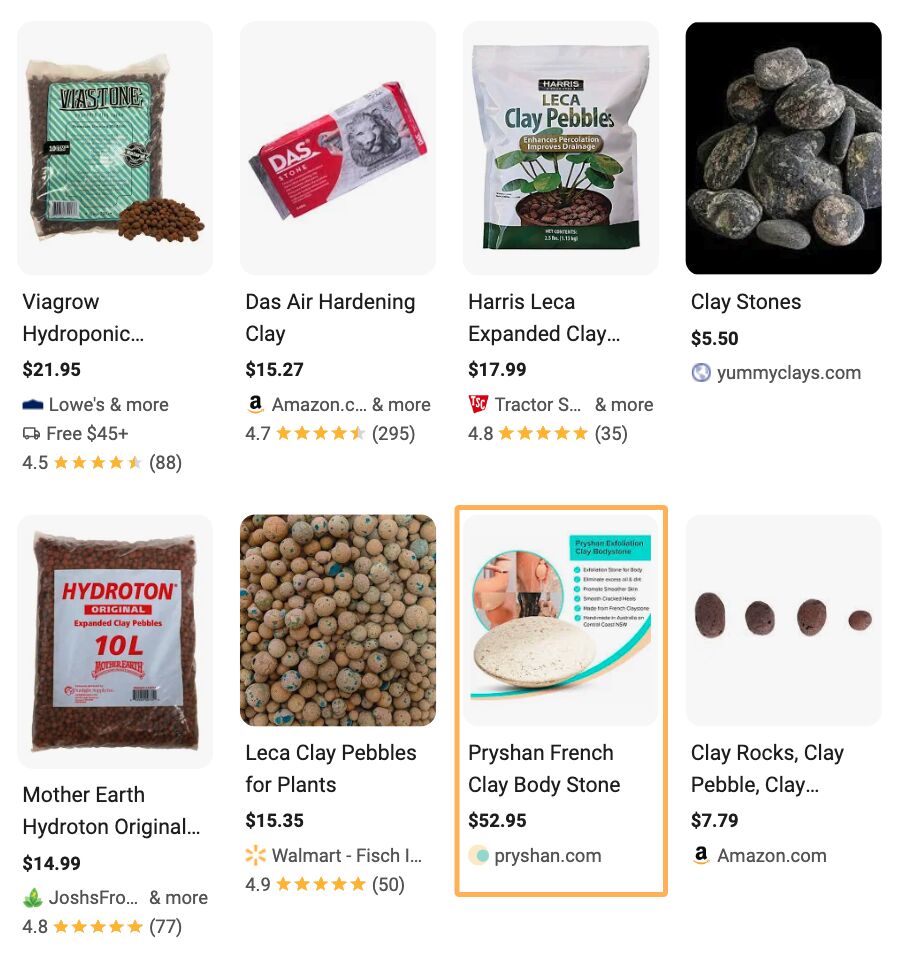

When you go through your branding exercises to decide what to call your product or innovation, it helps to search your ideas on Google.
This way, you’ll easily see what phrases to avoid so that your product isn’t being grouped with unrelated things.
Imagine being part of a company that invested a lot of money in re-branding itself. New logo, new slogan, new marketing materials… the lot.
On the back of their new business cards, the designers thought inviting people to search for the new slogan on Google would be clever.
The only problem was that this company didn’t rank for the slogan.
They weren’t showing up at all! (Yes, it’s a true story, no I can’t share the brand’s name).
This tactic isn’t new. Many businesses leverage the fact that people will Google things to convert offline audiences into online audiences through their printed, radio, and TV ads.


Don’t do this if you don’t already own the search results page.
It’s not only a very expensive mistake to make, but it gives the conversions you’ve worked hard for directly to your competitors.
Instead, use SEO to become the only brand people see when they search for your brand, product, or something that you’ve created.
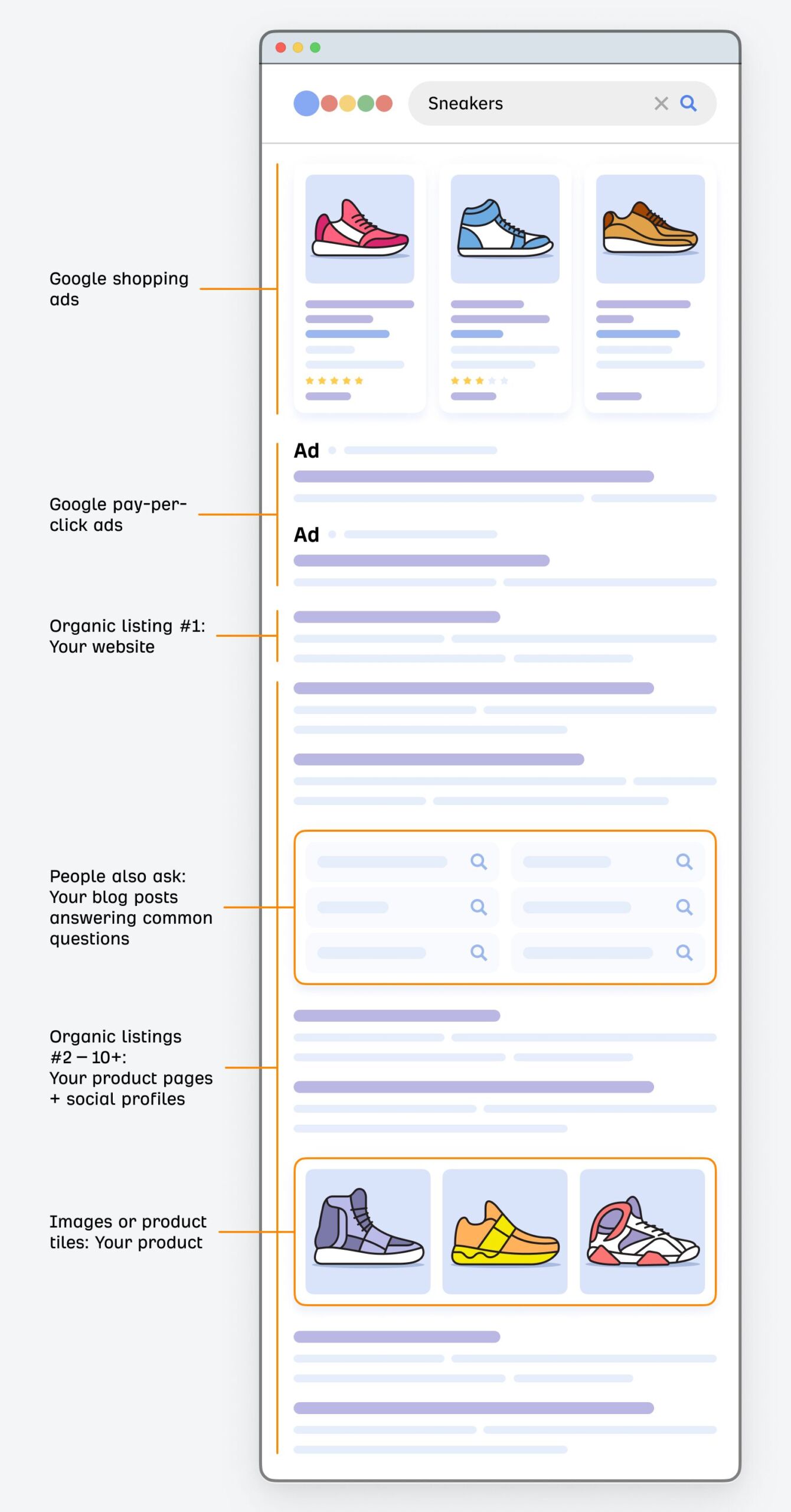

Let’s use Pryshan as an example.
They’re the first brand to create exfoliating clay stones. Their audience has created a few new keywords to find Pryshan’s products on Google, with “clay stone exfoliator” being the most popular variation.
Yet even though it’s a product they’ve brought to market, competitors and retailers are already encroaching on their SERP real estate for this keyword:
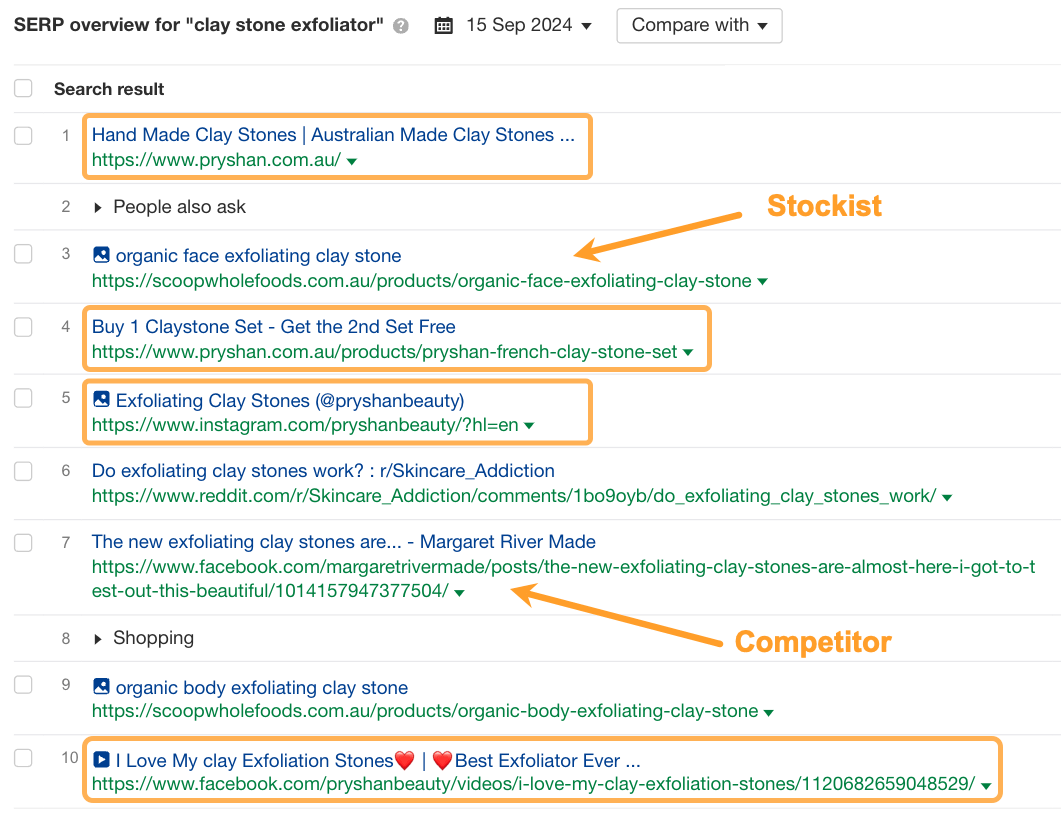

Sure, Pryshan holds four of the organic spots, but it’s not enough.
Many competitors are showing up in the paid product carousel before Pryshan’s website can be seen by searchers:
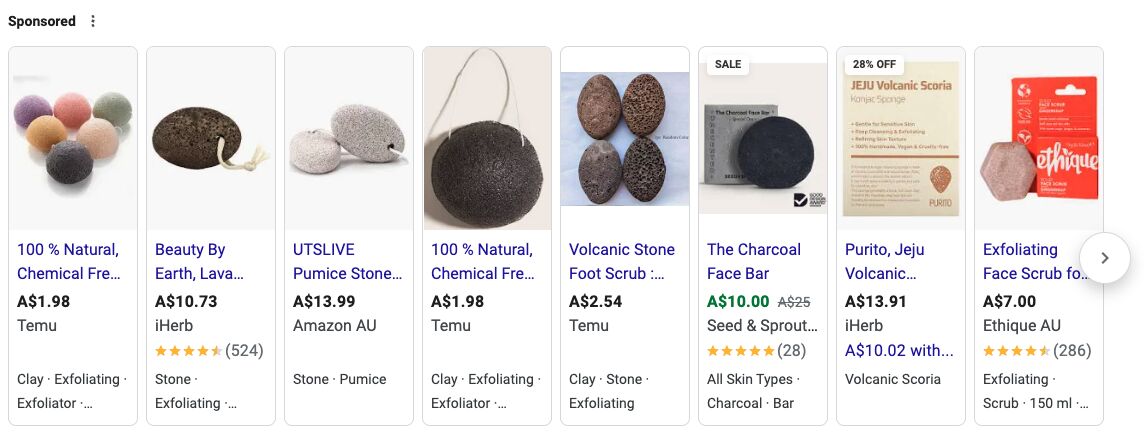

They’re already paying for Facebook ads, why not consider some paid Google placements too?
Not to mention, stockists and competitors are ranking for three of the other organic positions.
Having stockists show up for your product may not seem so bad, but if you’re not careful, they may undercut your prices or completely edge you out of the SERPs.
This is also a common tactic used by affiliate marketers to earn commissions from brands that are not SEO-savvy.
In short, SEO can help you protect your brand presence on Google.
If you’re working hard to generate demand for a cool new thing that’s never been done before, it can be hard to know if it’s working.
Sure, you can measure sales. But a lot of the time, demand generation doesn’t turn into immediate sales.
B2B marketing is a prominent example. Educating and converting out-of-market audiences into in-market prospects can take a long time.
That’s where SEO data can help close the gap and give you data to get more buy-in from decision-makers.
Measure increases in branded searches
A natural byproduct of demand generation activities is that people search more for your brand (or they should if you’re doing it right).
Tracking if your branded keywords improve over time can help you gauge how your demand generation efforts are going.
In Ahrefs, you can use Rank Tracker to monitor how many people discover your website from your branded searches and whether these are trending up:
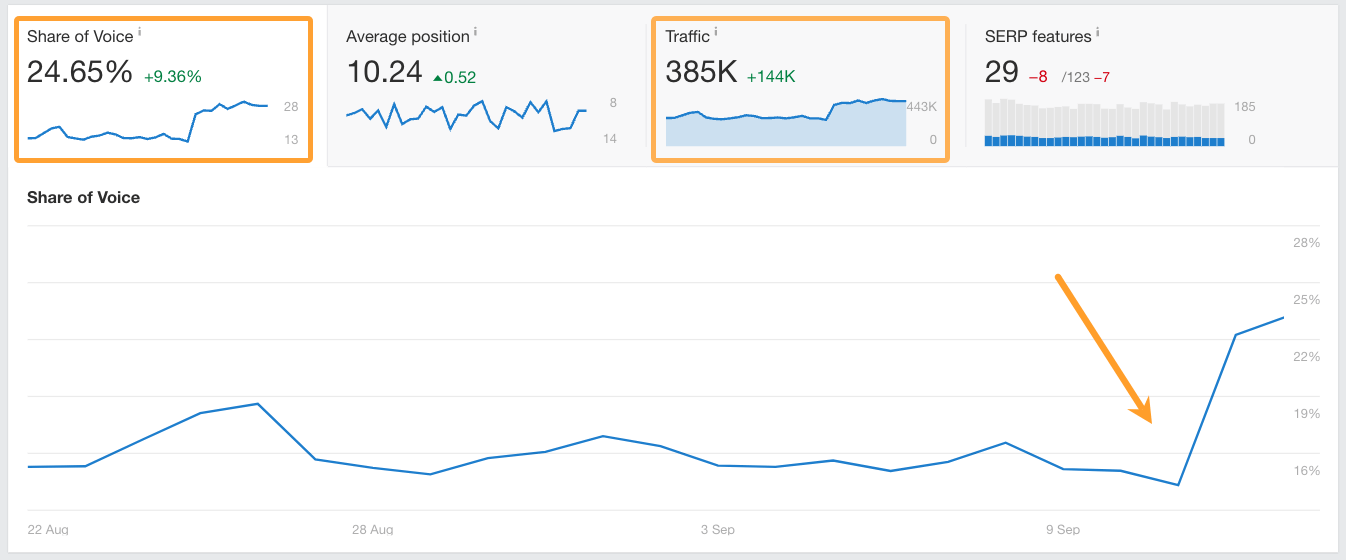

If your brand is big enough and gets hundreds of searches a month, you can also check out this nifty graph that forecasts search potential in Keywords Explorer:
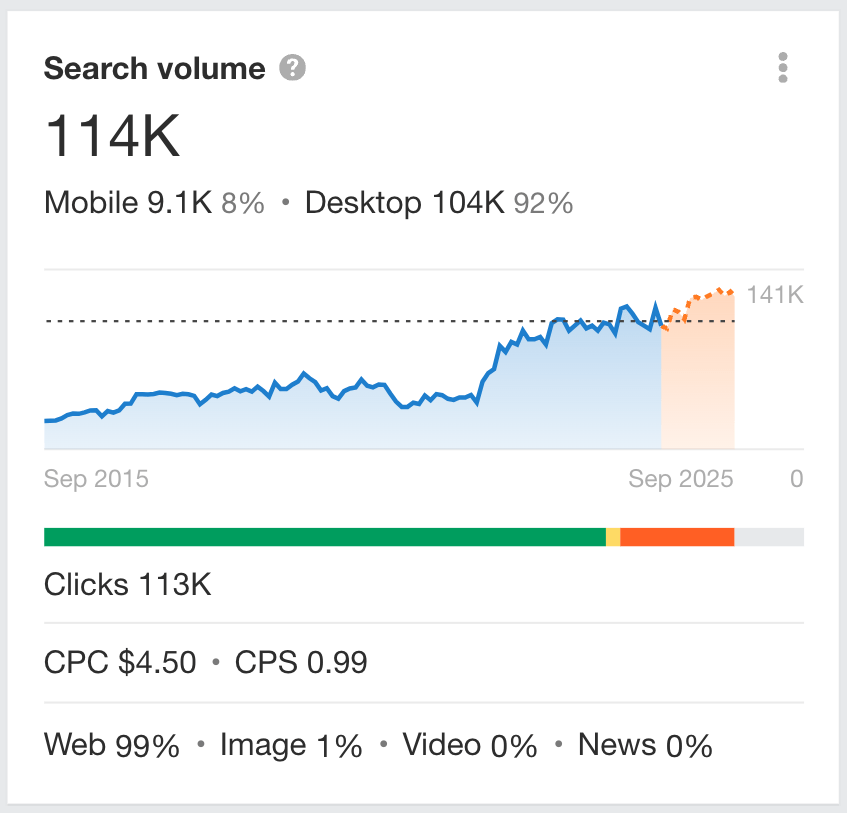

Discover and track new keywords about your products, services or innovations
If, as part of your demand generation strategy, you’re encouraging people to search for new keywords relating to your product, service, or innovation, set up alerts to monitor your presence for those terms.
This method will also help you uncover the keywords your audience naturally uses anyway.
Start by going to Ahrefs Alerts and setting up a new keyword alert.
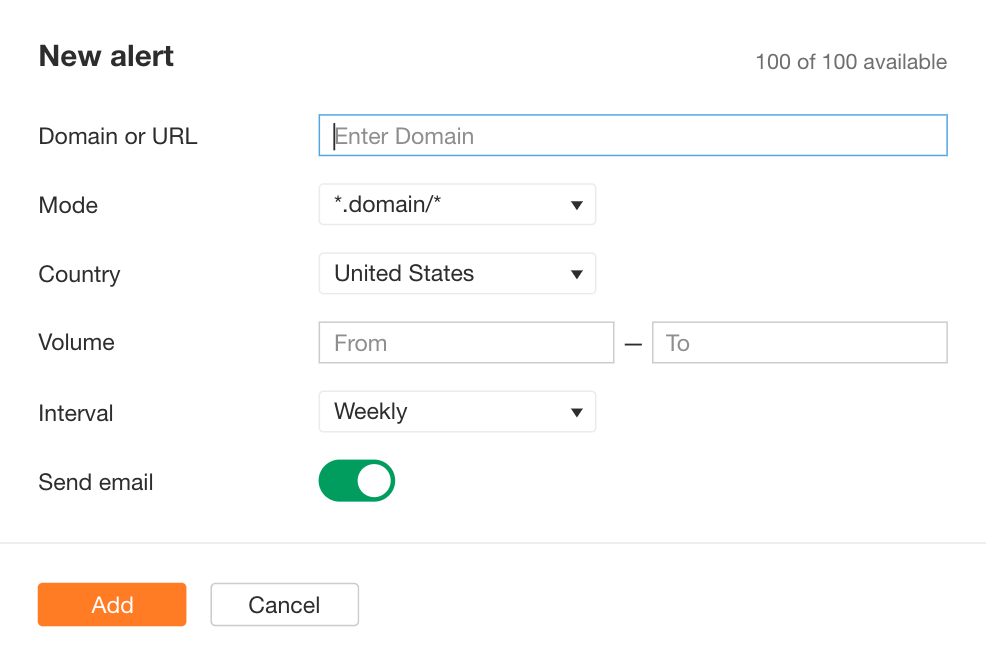

Add your website.
Leave the volume setting untouched (you want to include low search volume keywords so you discover the new searches people make).
Set your preferred email frequency, and voila, you’re done.
Monitor visibility against competitors
If you’re worried other brands may steal your spotlight in Google’s search results, you can also use Ahrefs to monitor your share of the traffic compared to them.
I like to use the Share of Voice graph in Site Explorer to do this. It looks like this:
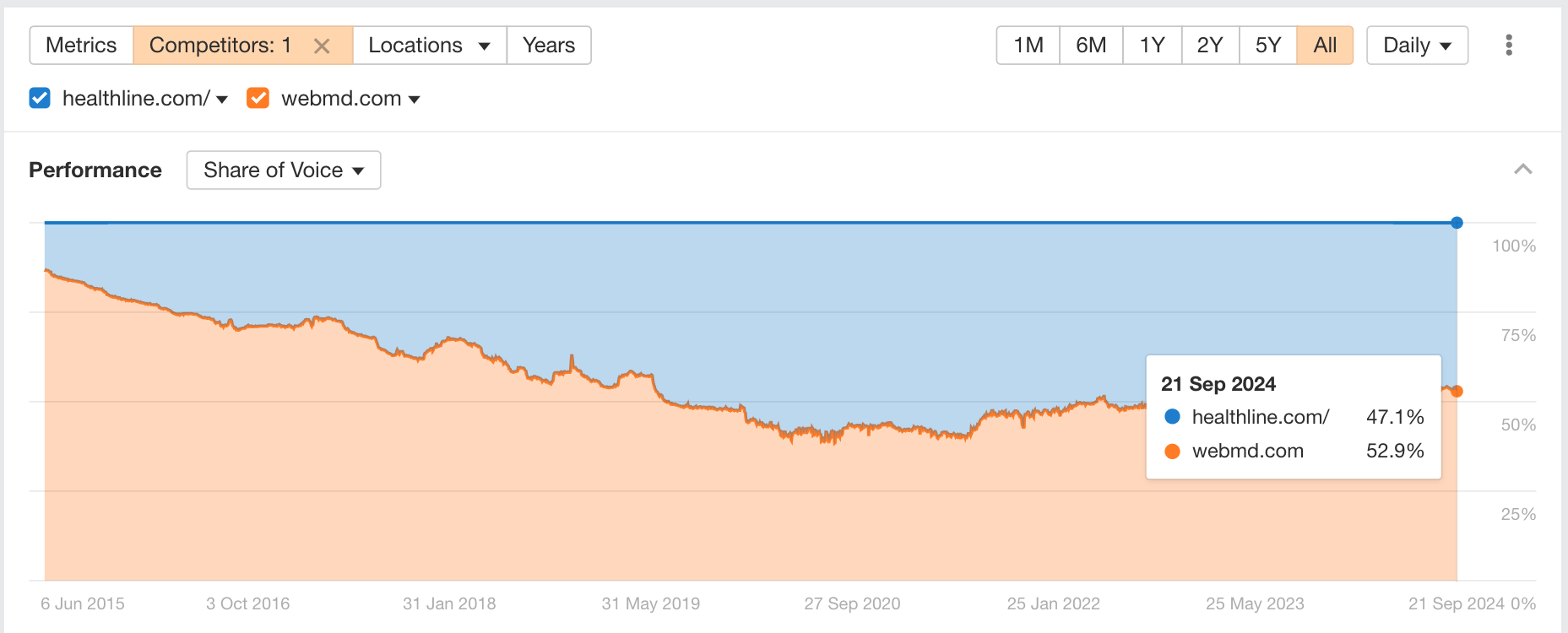

This graph is a great bird’s eye view of how you stack up against competitors and if you’re at risk of losing visibility to any of them.
Final thoughts
As SEO professionals, it’s easy to forget how hard some businesses work to generate demand for their products or services.
Demand always comes first, and it’s our job to capture it.
It’s not a chicken or egg scenario. The savviest marketers use this to their advantage by creating their own SEO opportunities long before competitors figure out what they’re doing.
If you’ve seen other great examples of how SEO and demand generation work together, share them with me on LinkedIn anytime.











